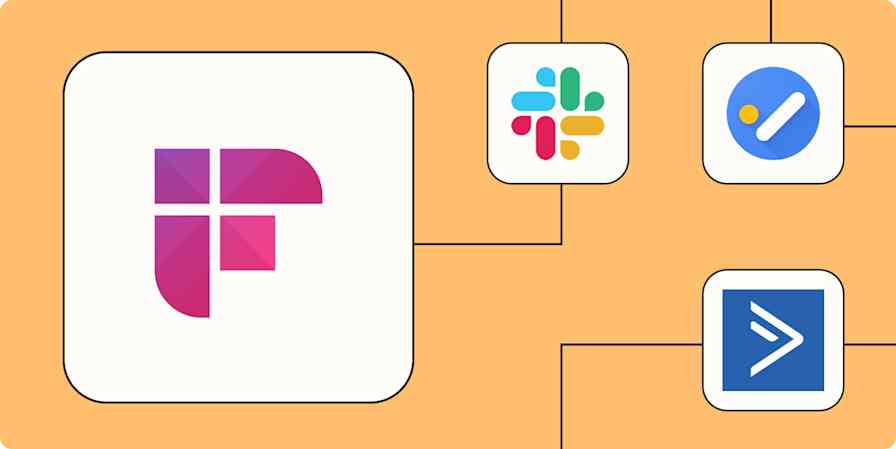Best apps
9 min readThe best transcription software
These are the best apps to transcribe audio and video.
By Rochi Zalani · July 12, 2024

Get productivity tips delivered straight to your inbox
We’ll email you 1-3 times per week—and never share your information.
Related articles
Improve your productivity automatically. Use Zapier to get your apps working together.








